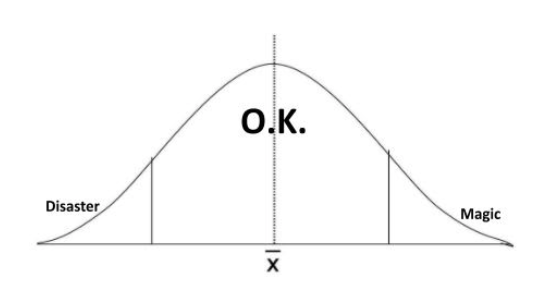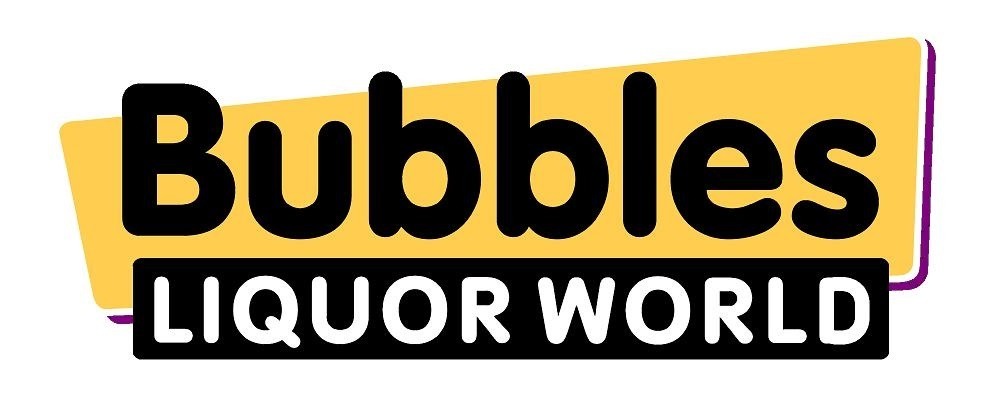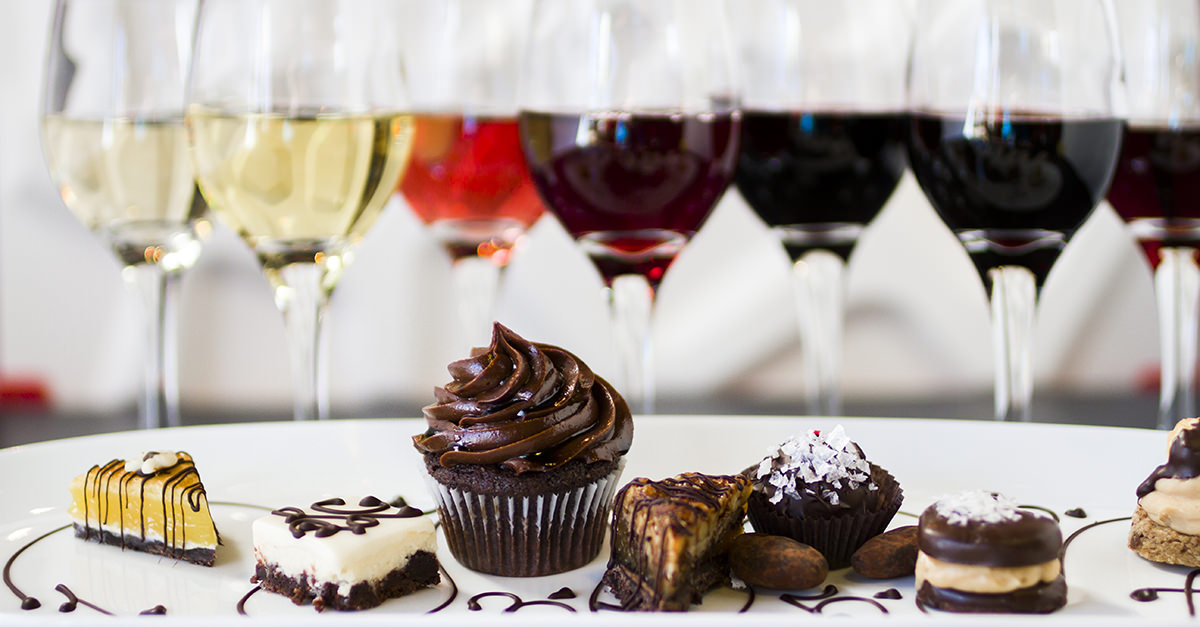(303) 468-8100
Wine pairing rules are not necessarily rules, think of them as safety nets. More of a bell-curve:
Dessert Pairing Guide
There are several methods used in the production of dessert wines. Below are some of the more common methods.
Sweet Wine Production Methods
- Sugar Concentration
- Arresting Fermentation
- Addition of grape Concentrate
Sugar Concentration
Sugars can be concentrated in grapes through drying on the vine (late harvest), drying on mats as in Recioto Valpolicella, Botrytis cinerea (Noble Rot) which leeches water out and adds its own flavors or pressing frozen grapes which leaves behind the water in the form of ice crystals.
Wine in this method: Late Harvest (Auslese), Vin Santo (drying), Sauternes (Botrytis), Eiswein (Freezing)
Arresting Fermentation
Fermentation is halted in the wine must before alcohol conversion has completed thereby leaving the natural sugars. This is achieved through the addition of high levels of alcohol (fortification), chilling the must below 32˚F thereby stopping the yeast or removing the yeast through filtration.
Wine in this method: Moscato d’Asti, Asti Spumanti, Port
Addition of Grape Concentrate
Usually used in inferior production methods, this is simply the addition of sweet, unfermented grape must to the finished wine. This method is acceptable in Sherry production.
Wine in this method: Piesporter Michelsberg, Cream Sherry.
To strive for magic with dessert pairing follow these suggestions:
- Wine MUST be as sweet as or sweeter than the dessert.
- Lighter the dessert the lighter the wine.
- Heavier the dessert the darker the wine.
- Compliment flavors.
Fresh fruit desserts, tarts, cheesecakes, trifles, shortcakes:
Asti, Demi Sec Champagne, Brachetto, Moscato, Cream Sherry
Caramel, butterscotch, vanilla, toasted nuts:
Tawny Ports, Late Harvest Riesling, Bual or Malmsey Madeira, Moscatel
Chocolate based:



